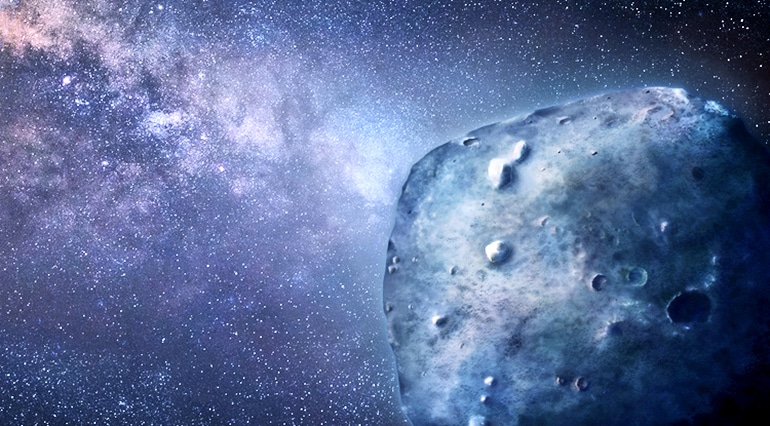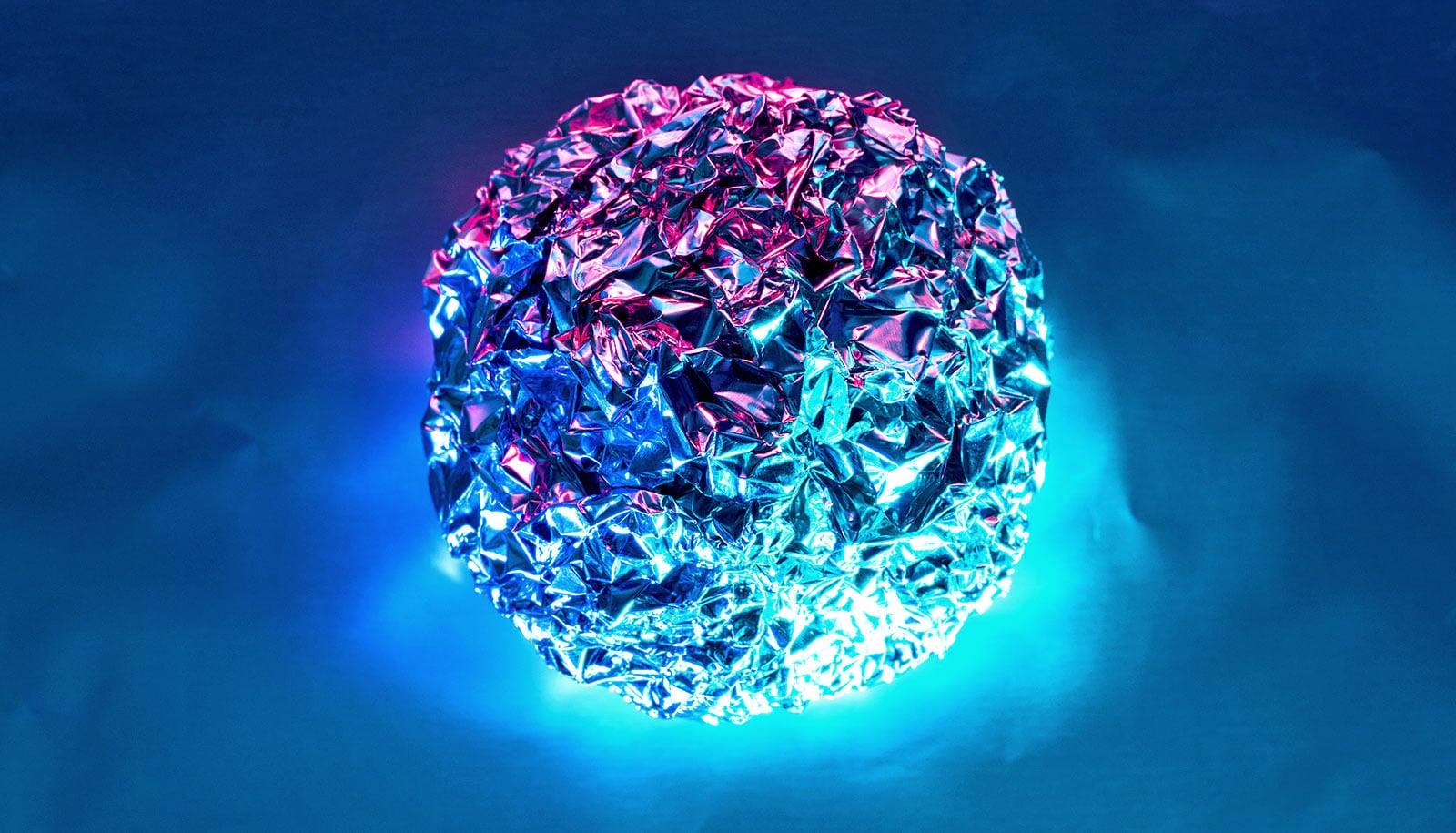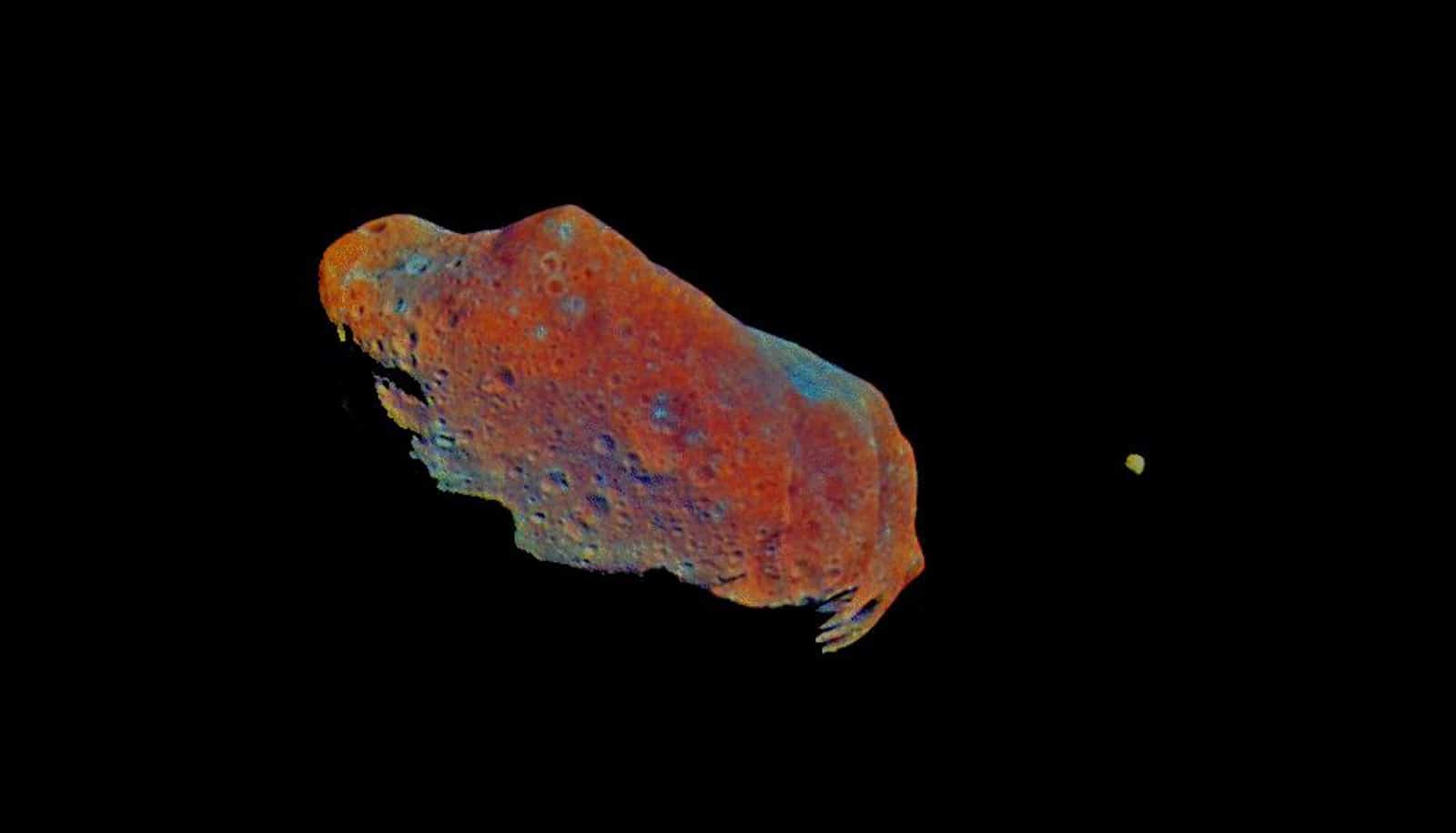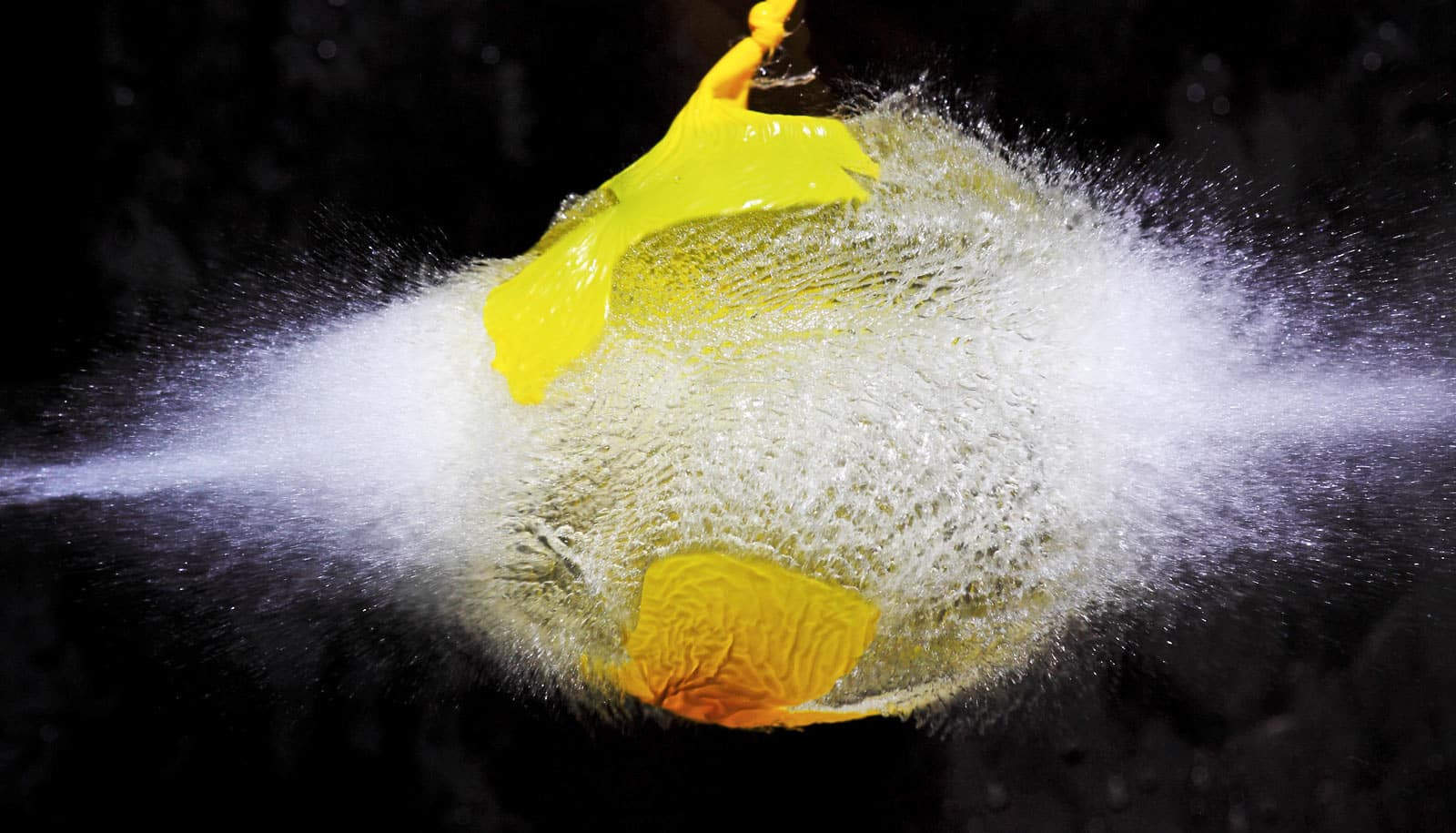A bizarre asteroid that sometimes behaves like a comet, is even more enigmatic than previously thought, according to new research.
Using telescopes in Hawaii and Arizona, the team studied sunlight reflected off the asteroid, dubbed Phaethon, which is known to be blue in color. Blue asteroids, which reflect more light in the blue part of the spectrum, make up only a fraction of all known asteroids. A majority of asteroids are dull grey to red, depending on the type of material on their surface. While blue asteroids are rare, blue comets are almost unheard of.
None more blue
Phaethon sets itself apart for two reasons: it appears to be one of the “bluest” of similarly colored asteroids or comets in the solar system; and its orbit takes it so close to the sun that its surface heats up to about 800 degrees Celsius (1,500 degrees Fahrenheit), hot enough to melt aluminum.

Phaethon has intrigued astronomers for other reasons, too. It has the qualities of both an asteroid and a comet based on its appearance and behavior.
Phaethon always appears as a dot in the sky, like thousands of other asteroids, and not as a fuzzy blob with a tail, like a comet. But Phaethon is the source of the annual Geminid meteor shower, easily seen in early-to-mid December.
Meteor showers occur when Earth passes through the trail of dust left behind on a comet’s orbit. When they occur and where they appear to originate from depends on how the comet’s orbit is oriented with respect to the Earth. Phaethon is thought to be the “parent body” of the Geminid meteor shower because its orbit is very similar to the orbit of the Geminid meteors.
Until scientists discovered Phaeton in 1983, they linked all known meteor showers to active comets and not asteroids.
“At the time, the assumption was that Phaethon probably was a dead, burnt-out comet,” says Teddy Kareta, a doctoral student at the University of Arizona’s Lunar and Planetary Laboratory, “but comets are typically red in color, and not blue. So, even though Phaeton’s highly eccentric orbit should scream ‘dead comet,’ it’s hard to say whether Phaethon is more like an asteroid or more like a dead comet.”
Phaethon’s origins
Phaethon also releases a tiny dust tail when it gets closest to the sun in a process that is thought to be similar to a dry riverbed cracking in the afternoon heat. This kind of activity has only been seen on two objects in the entire solar system—Phaeton and one other, similar object that appears to blur the line traditionally thought to set comets and asteroids apart.
Researchers obtained several new insights about Phaethon after analyzing data from NASA’s Infrared Telescope Facility on Mauna Kea in Hawaii and the Tillinghast telescope, which the Smithsonian Astrophysical Observatory on Mount Hopkins in Arizona operates. They think Phaethon might be related to or have broken off from (2) Pallas, a large blue asteroid farther out in the solar system.
“Interestingly, we found Phaethon to be even darker than had been previously observed, about half as reflective as Pallas,” Kareta says. “This makes it more difficult to say how Phaethon and Pallas are related.”
The team also observed that Phaethon’s blue color is the same on all parts of its surface, which indicates it has been cooked evenly by the Sun in the recent past.
The team is now conducting observations of 2005 UD, another small blue asteroid astronomers think is related to Phaethon, to see if they share the same rare properties. This and follow-up work will help to untangle the mystery of what Phaethon is really like.
Kareta presented the results at the 50th annual meeting of the American Astronomical Society’s Division for Planetary Science in Knoxville, Tennessee.
Source: University of Arizona



